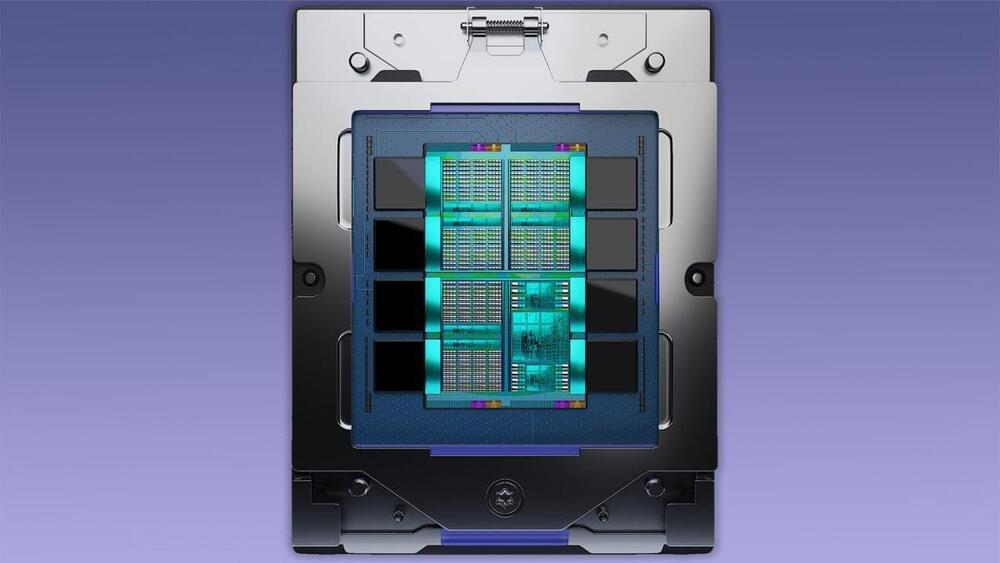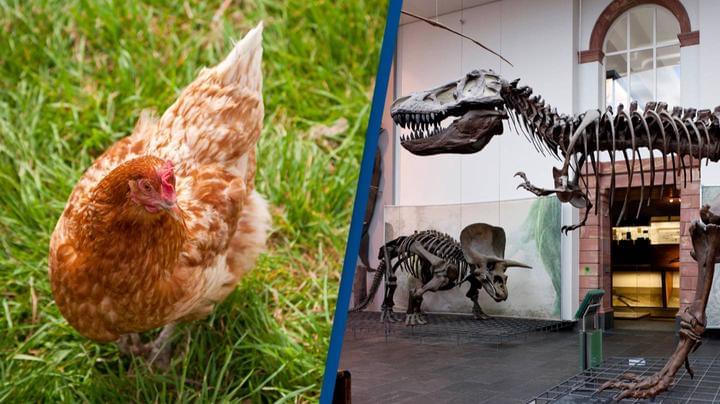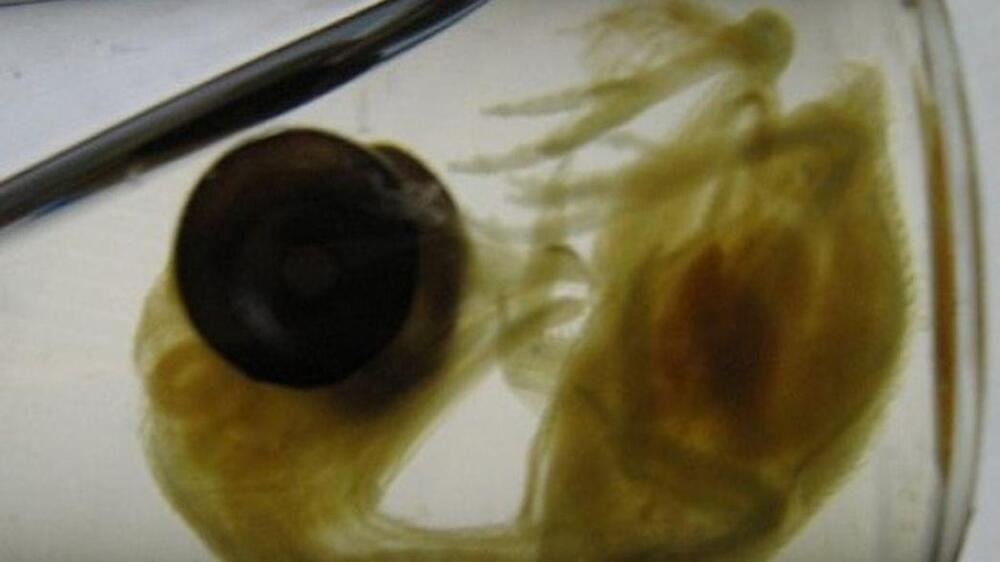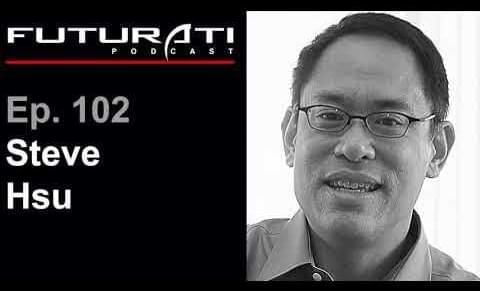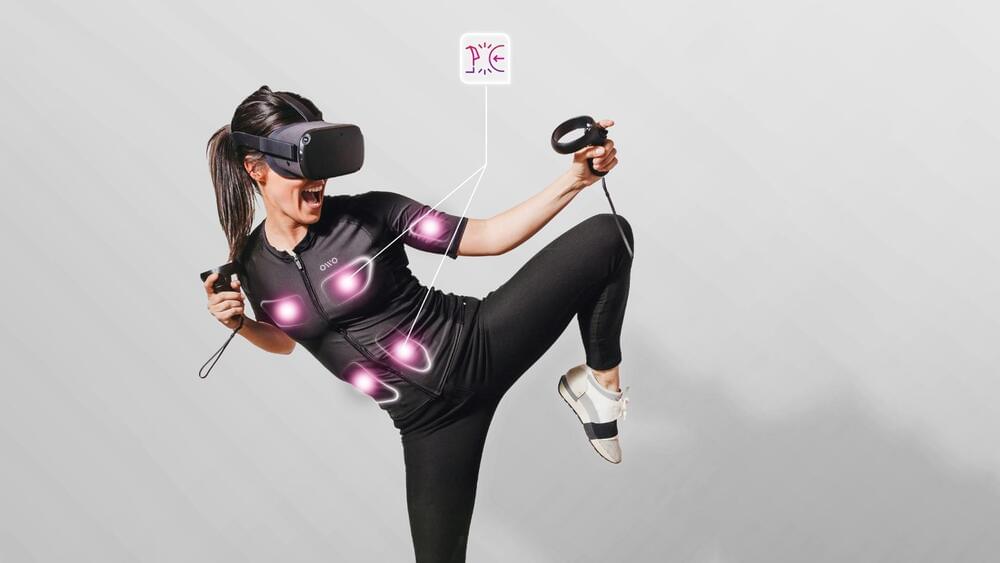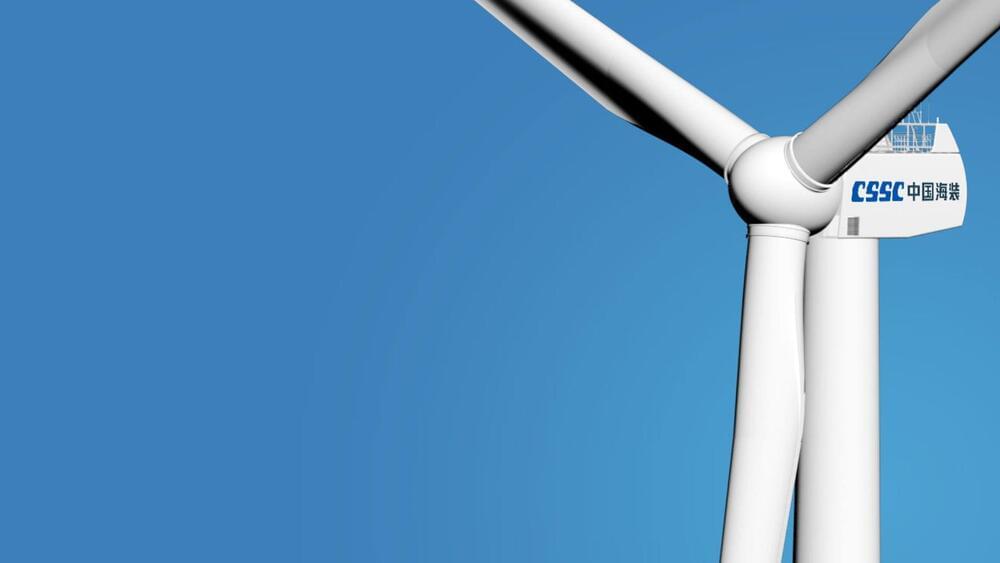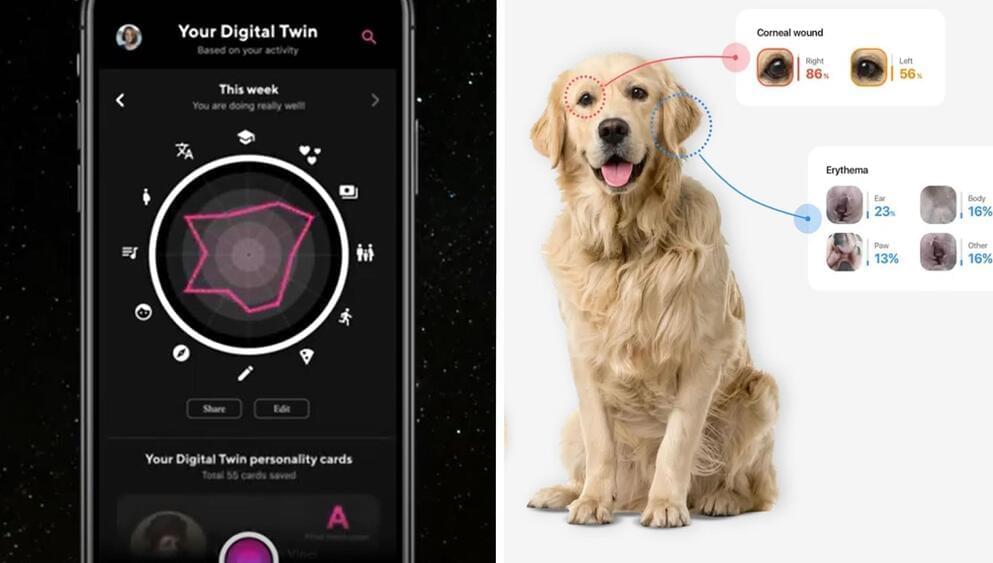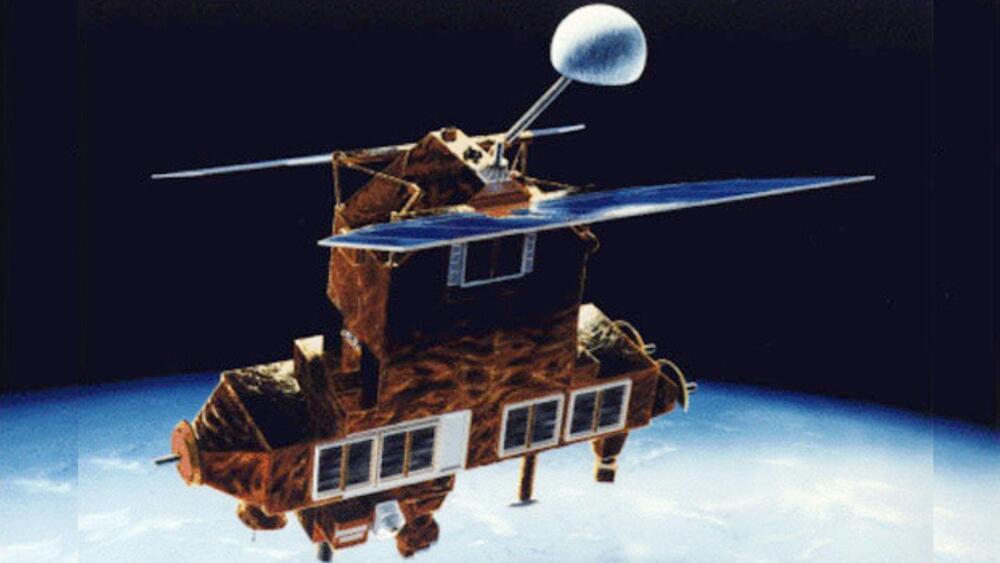Jan 8, 2023
AMD just put a whole Zen 4 CPU inside an absolutely massive GPU
Posted by Eric Klien in category: supercomputing
My first computer had a CPU with 3,510 transistors. We now live in a world where you can get chips with over a trillion transistors.
“This a data centre accelerator that contains 146 billion transistors.”
I checked and the article didn’t include the transistors that made up the L4 cache memory on the chip. The actual total is 1.25 trillion transistors plus another 1.1 trillion capacitors.
Continue reading “AMD just put a whole Zen 4 CPU inside an absolutely massive GPU” »
